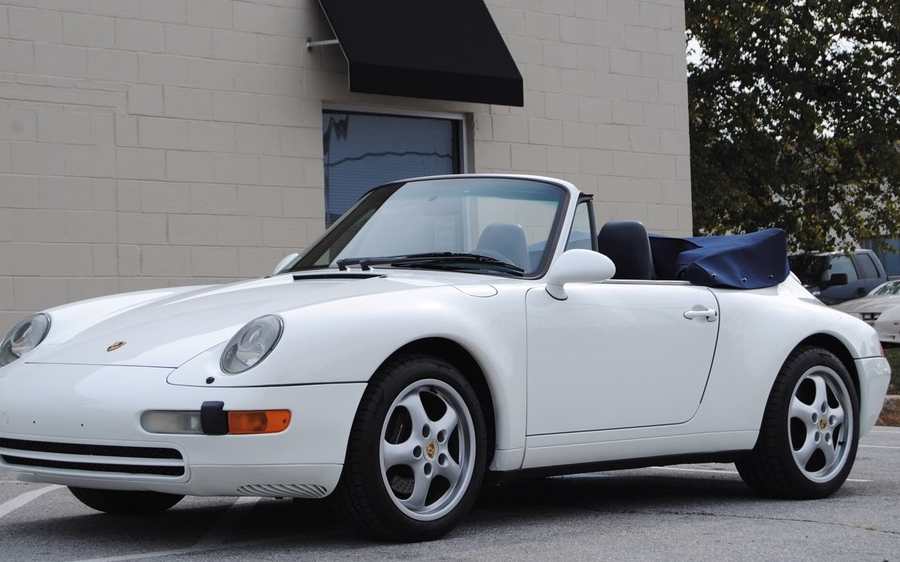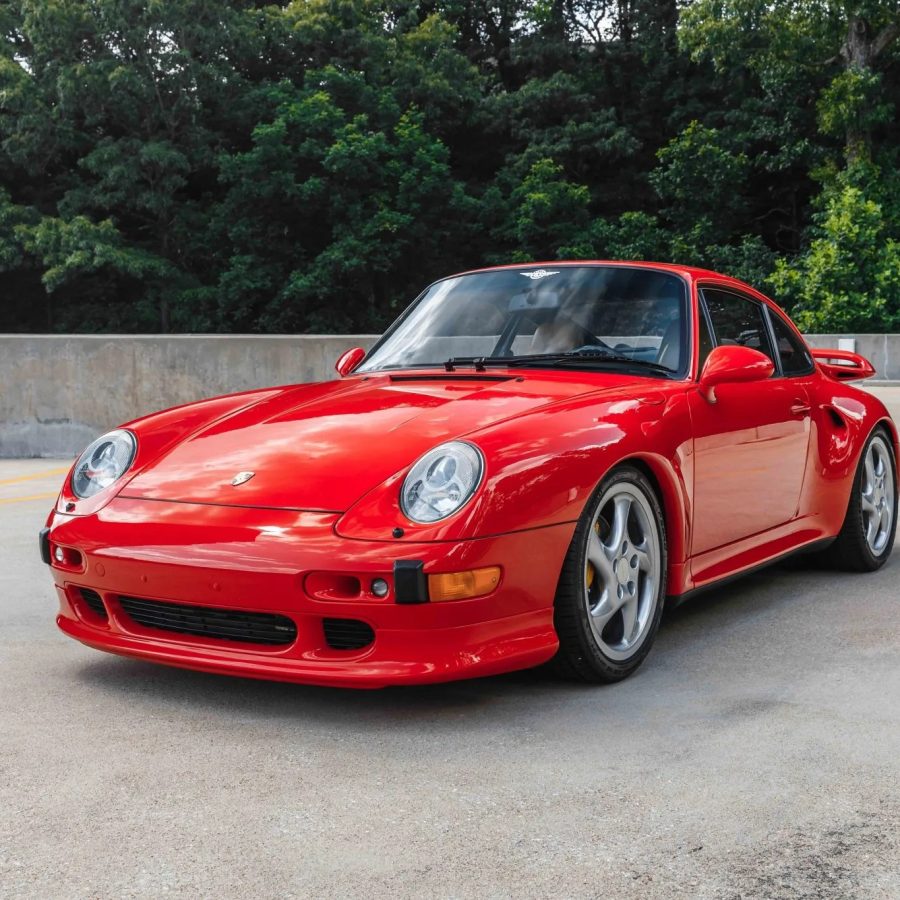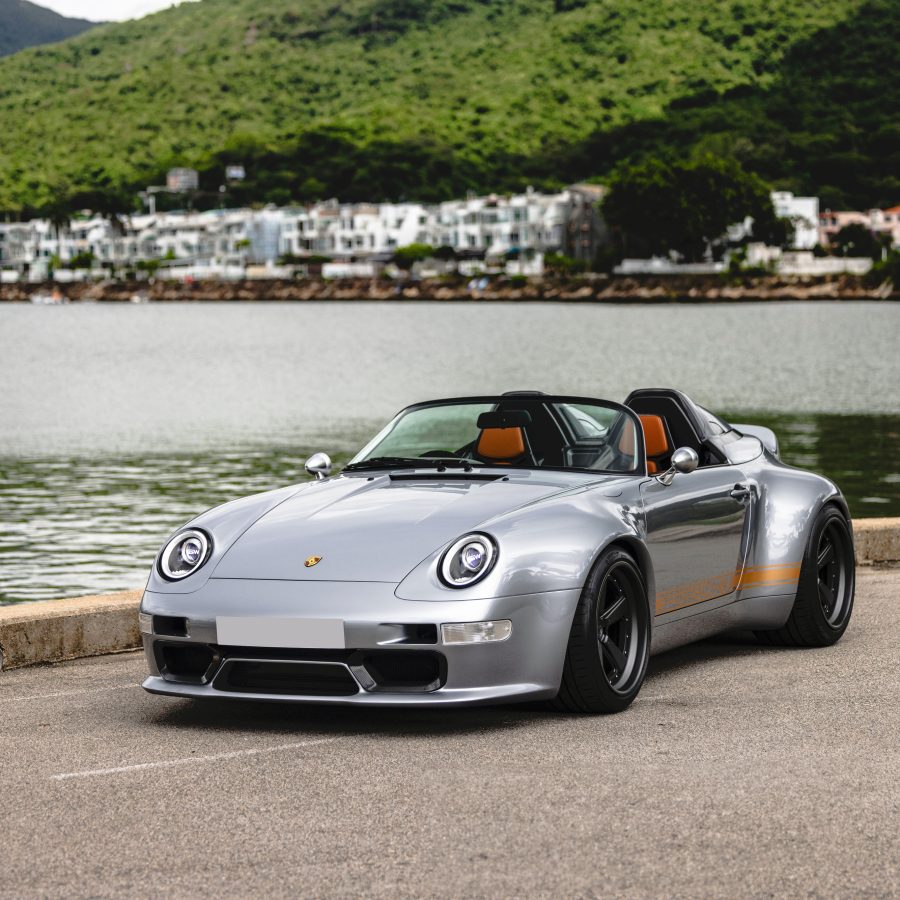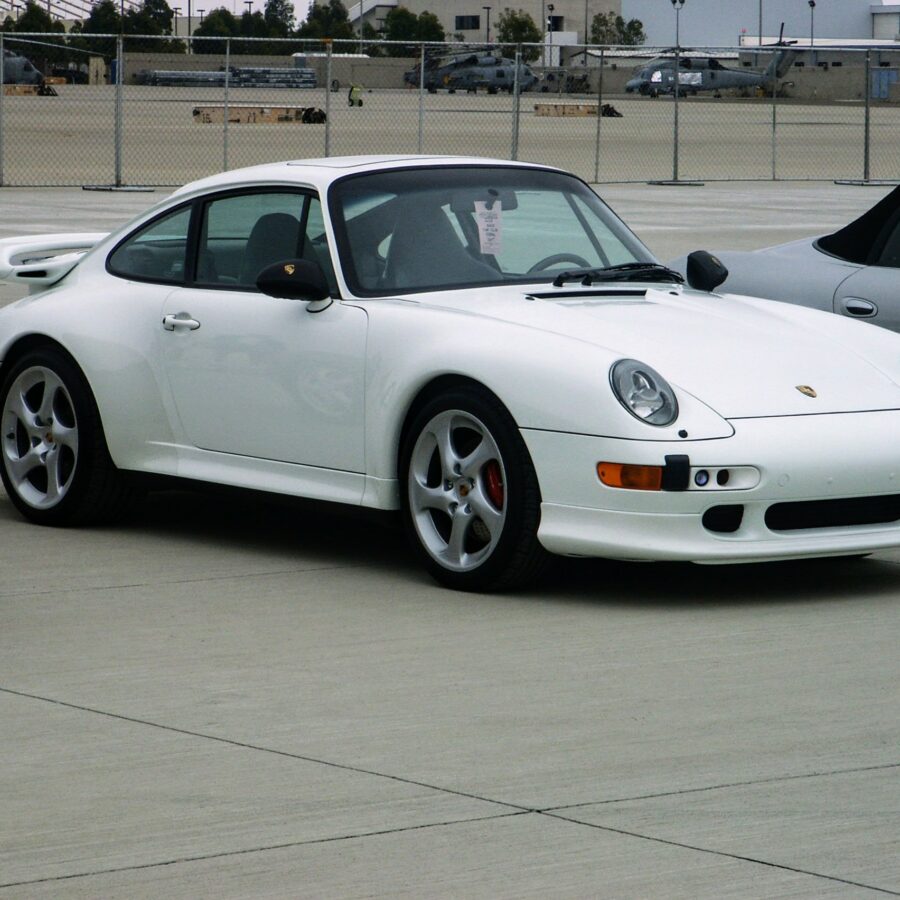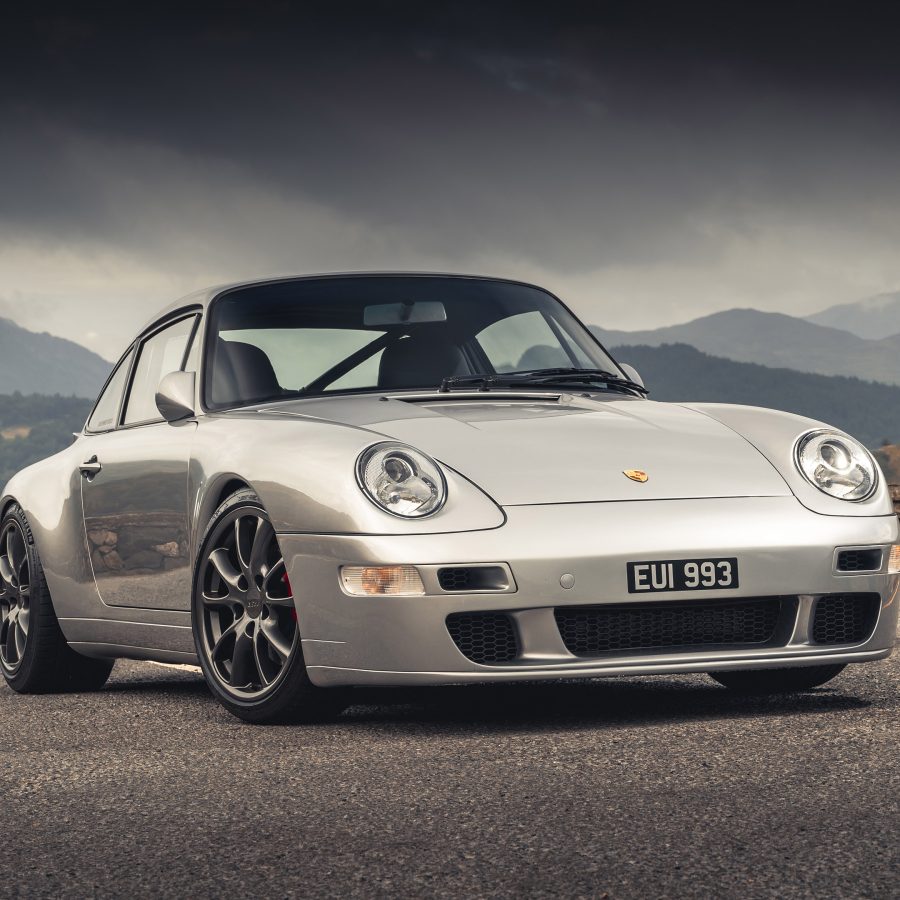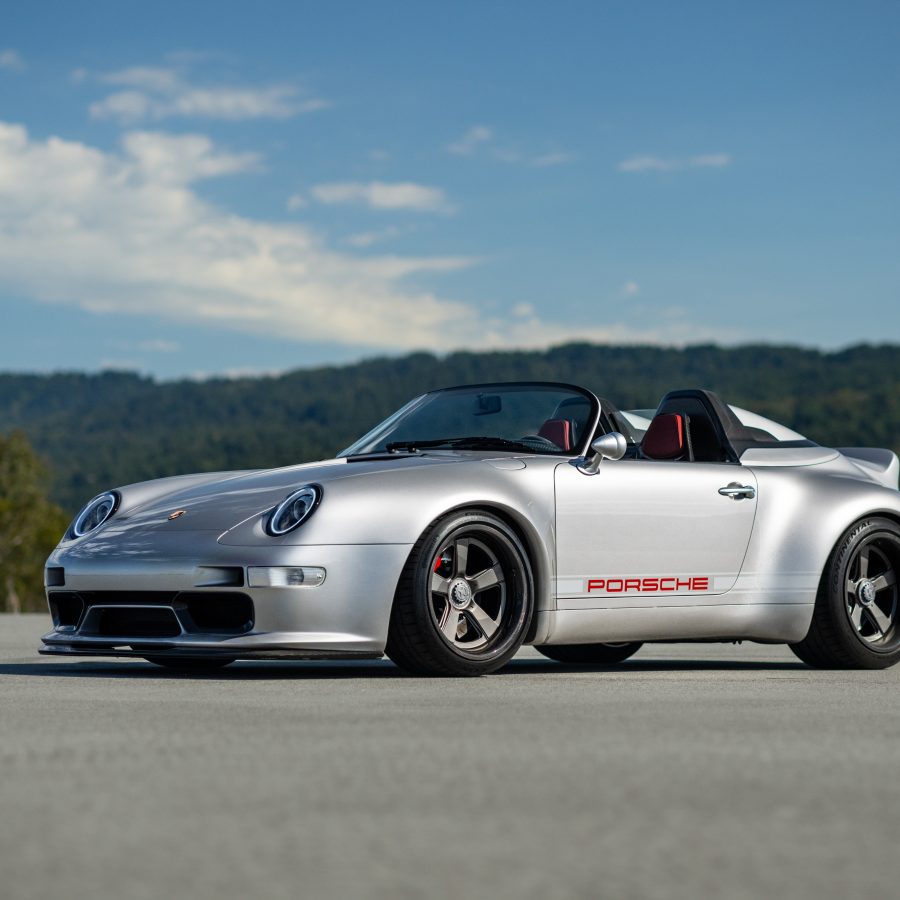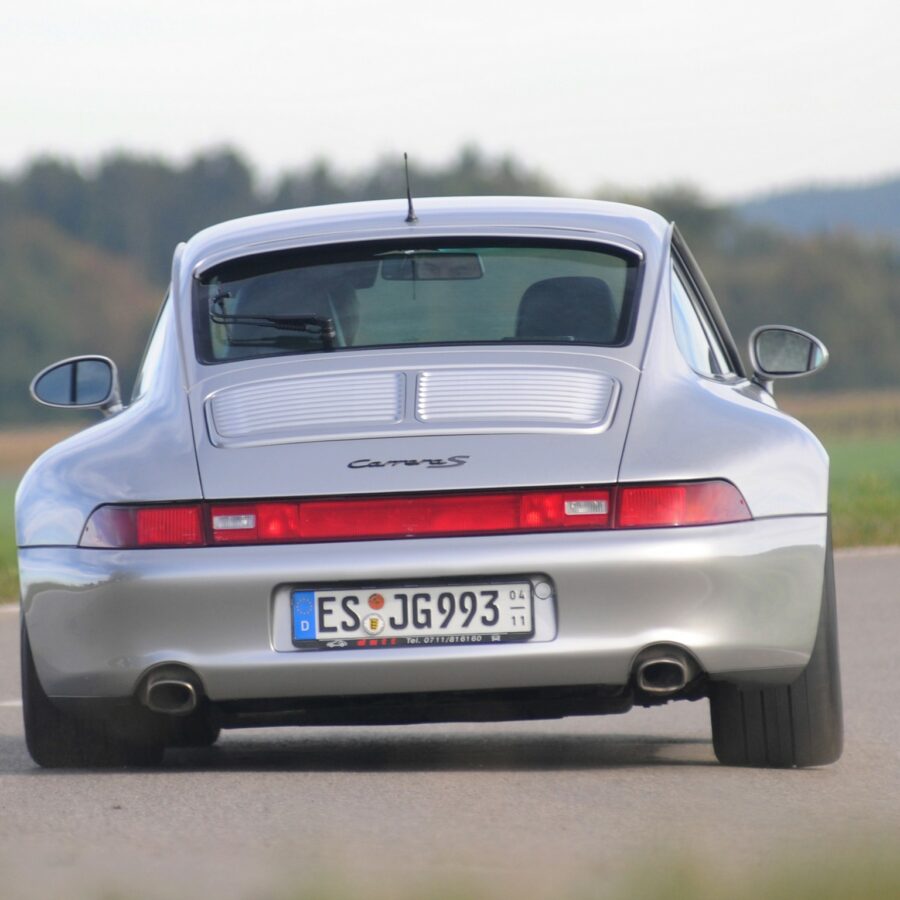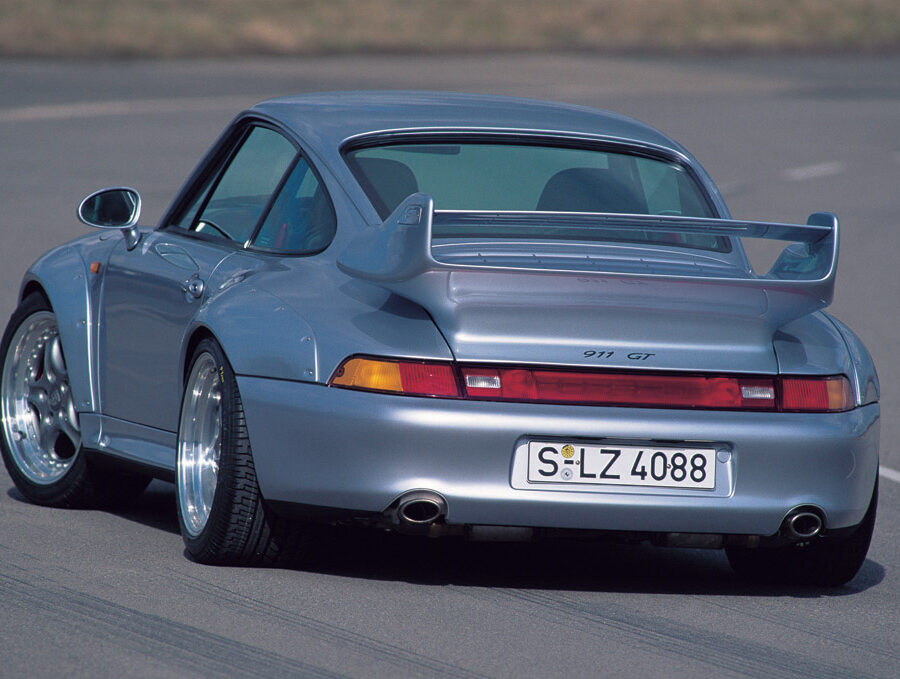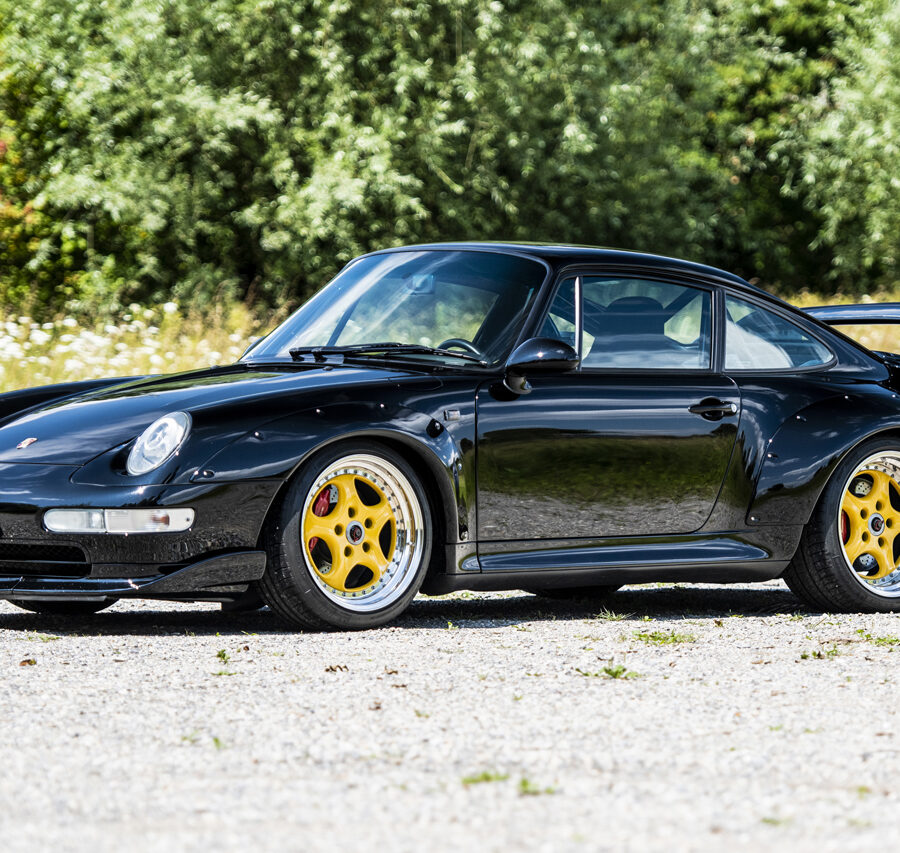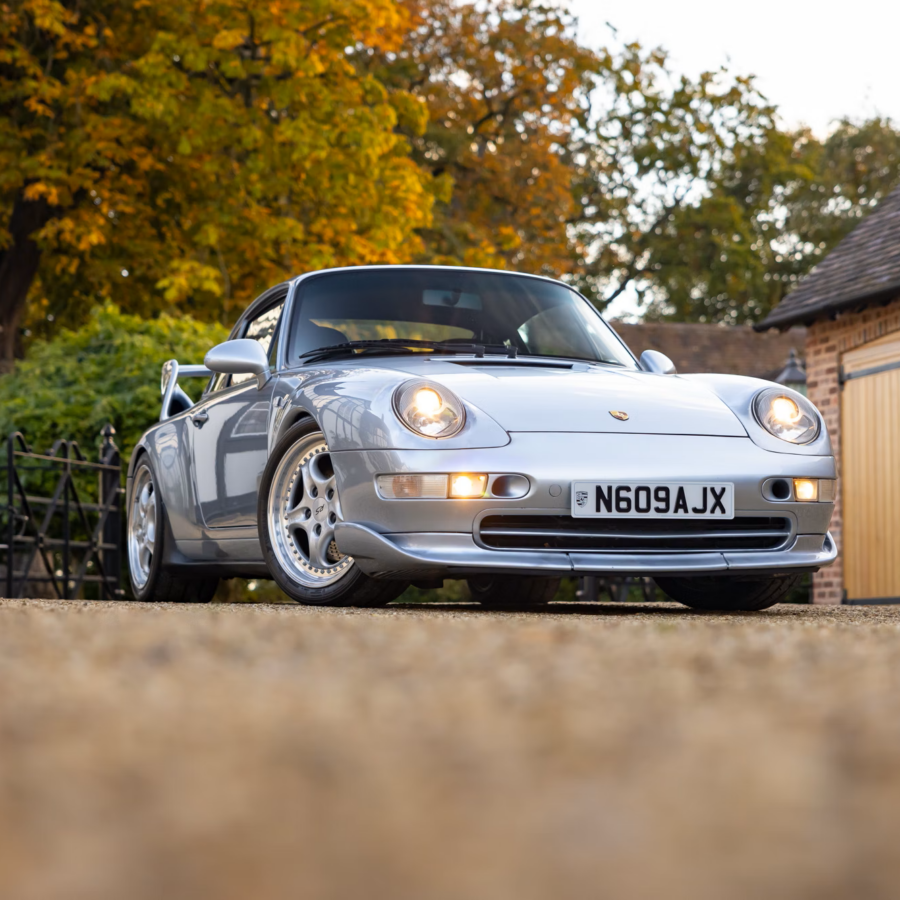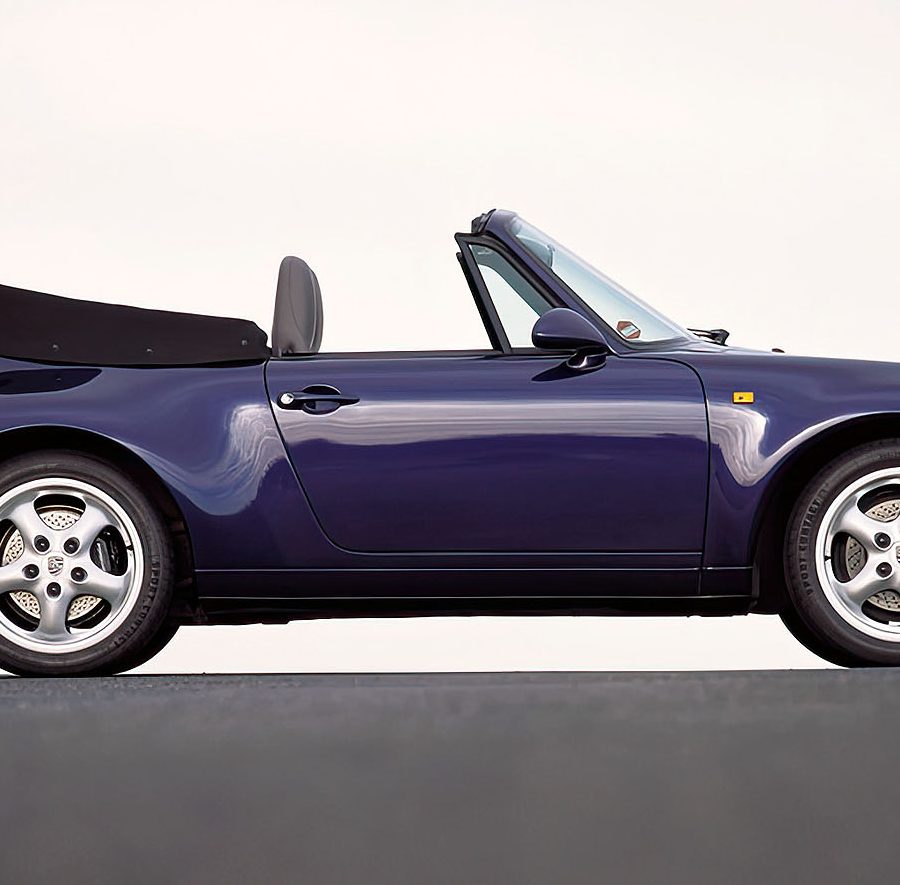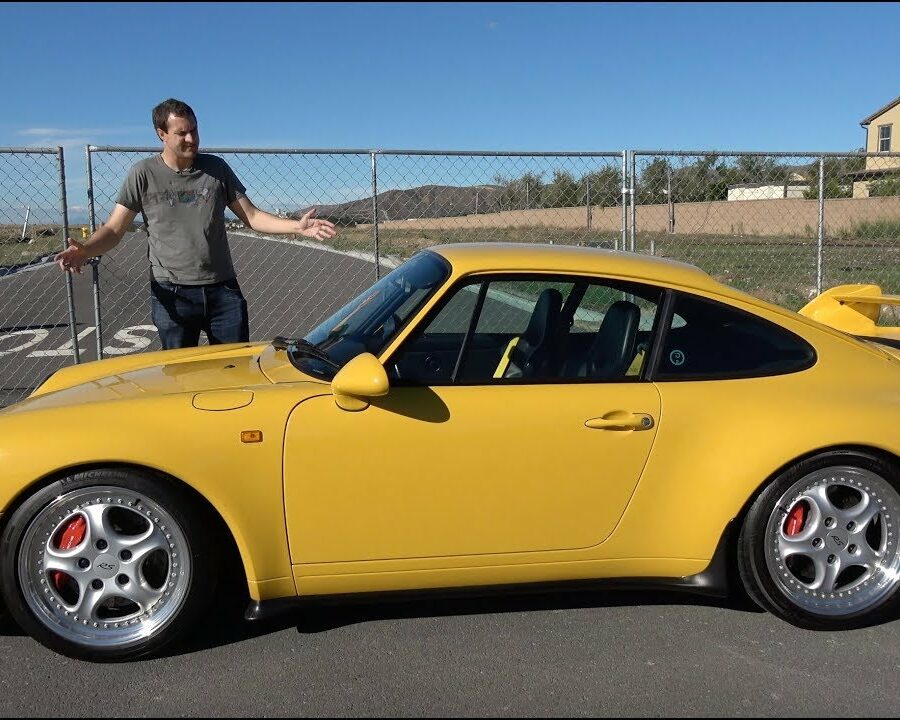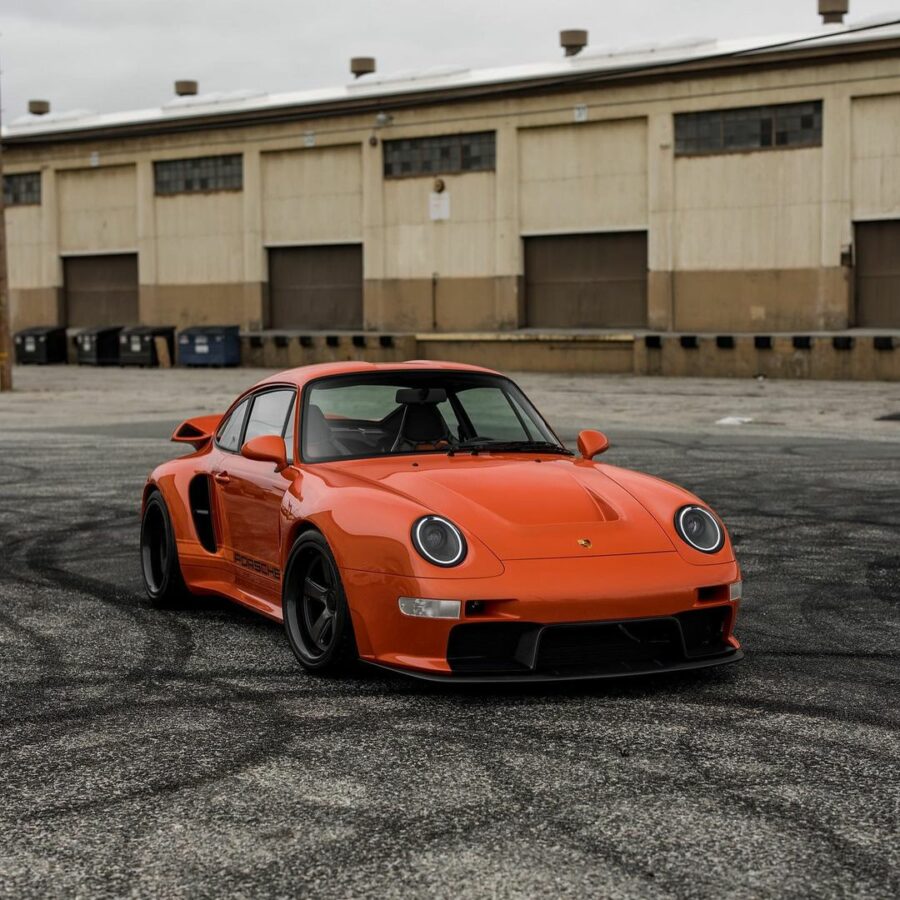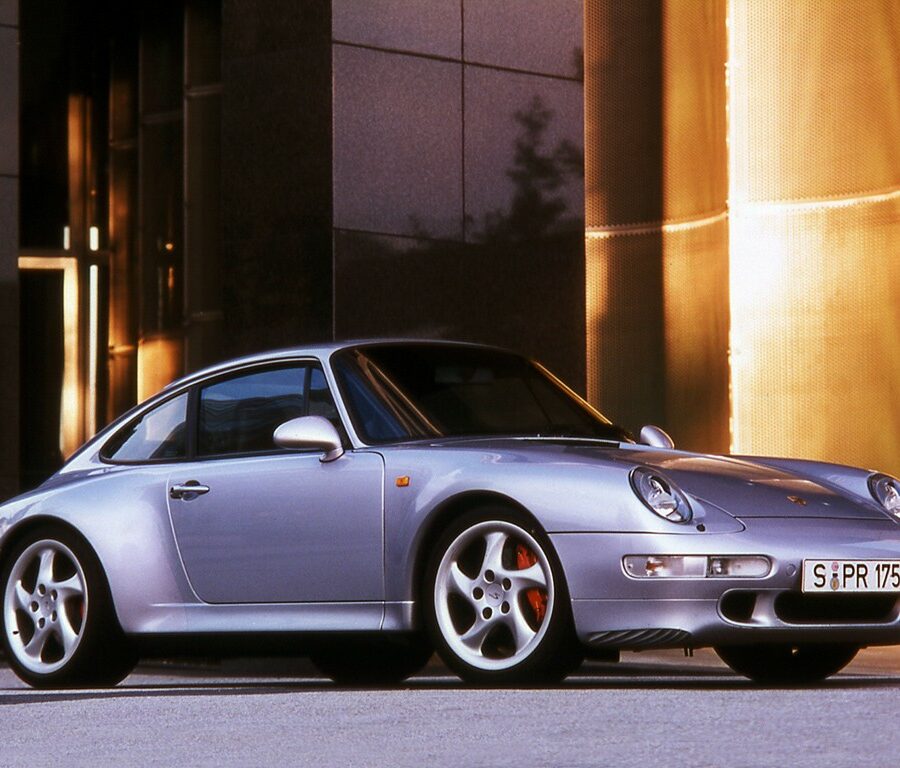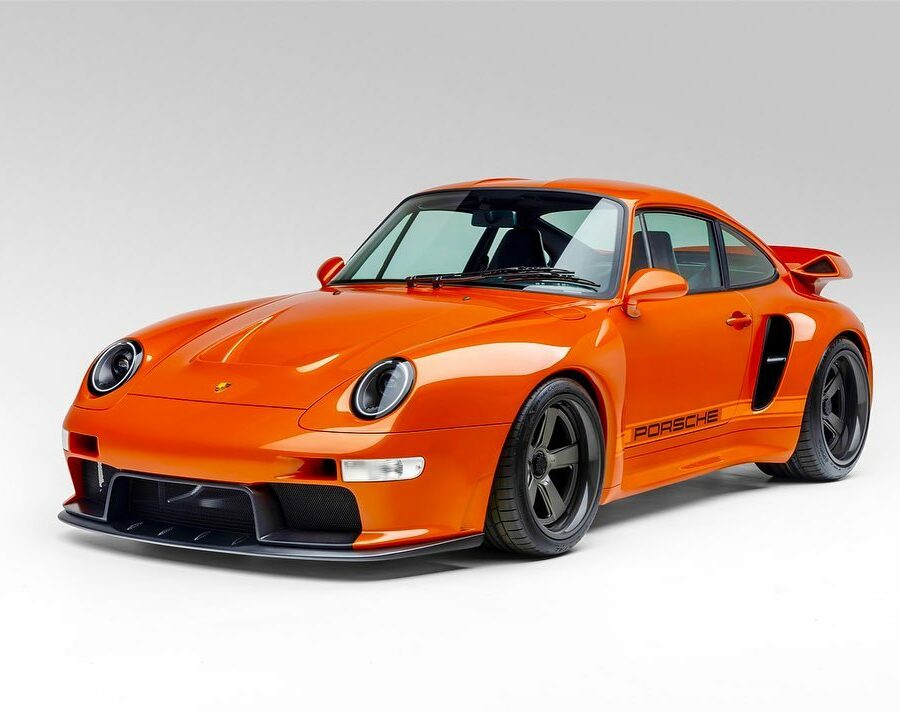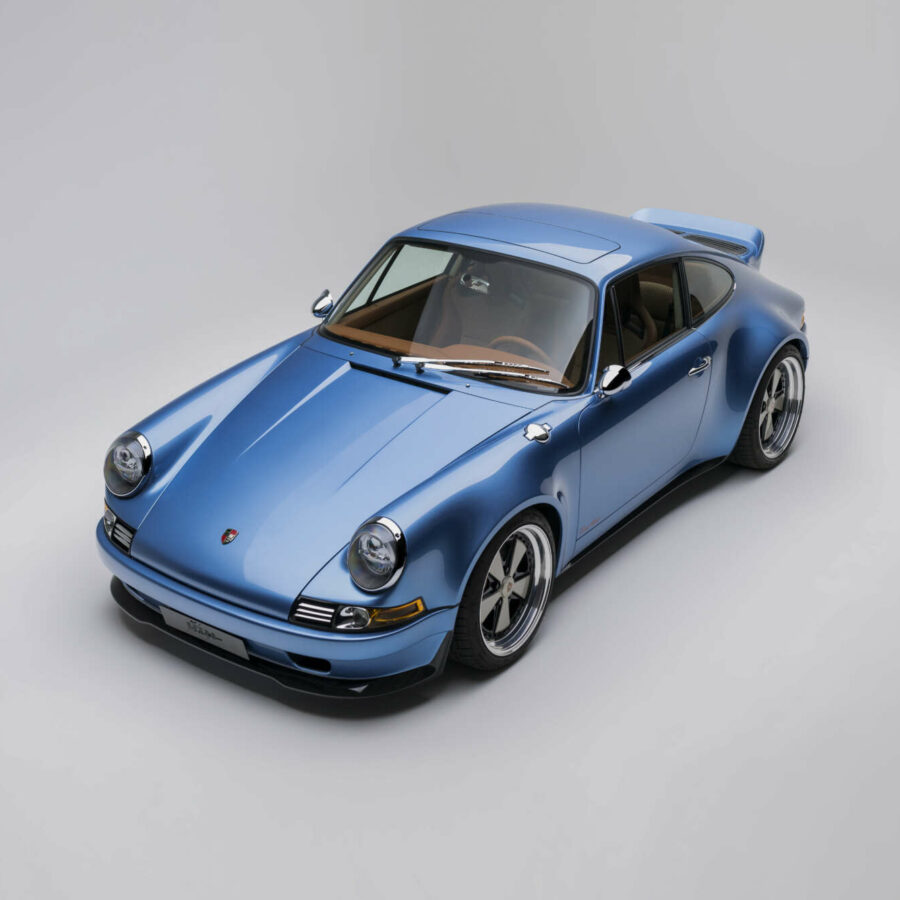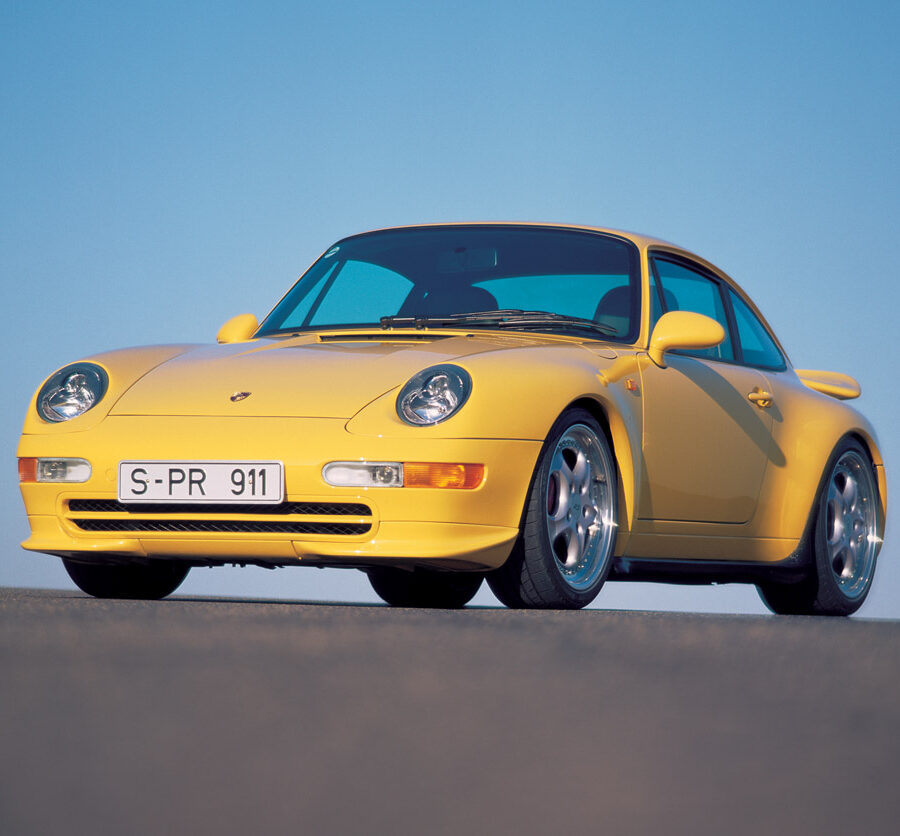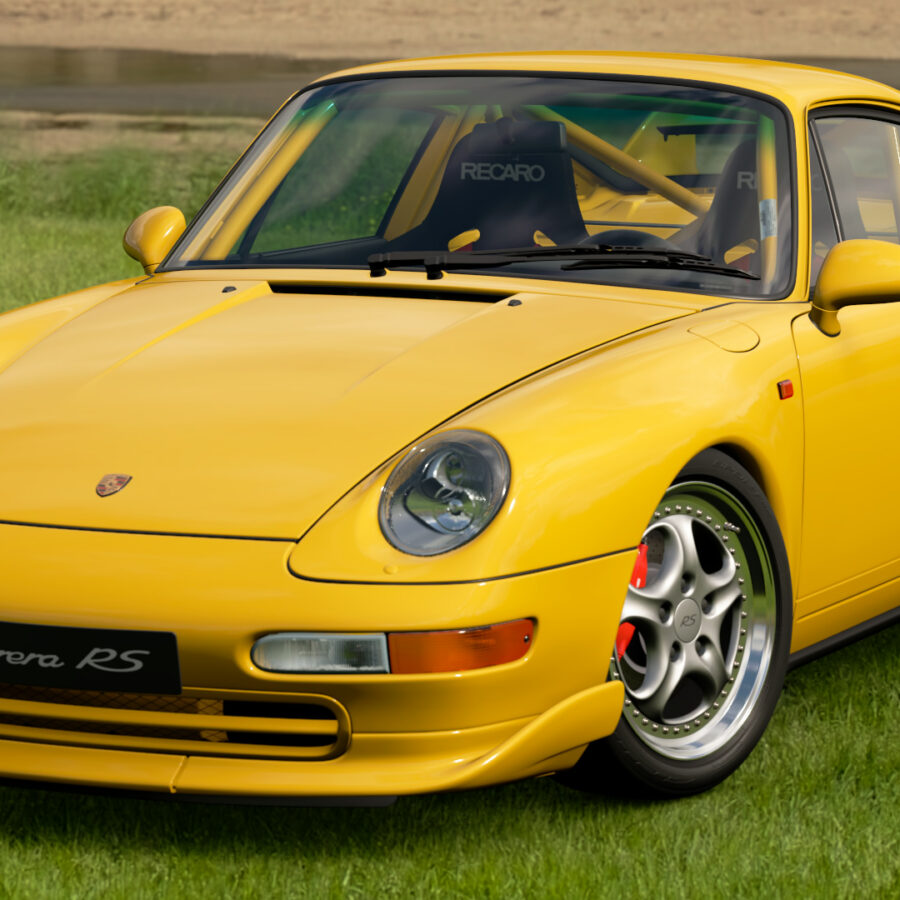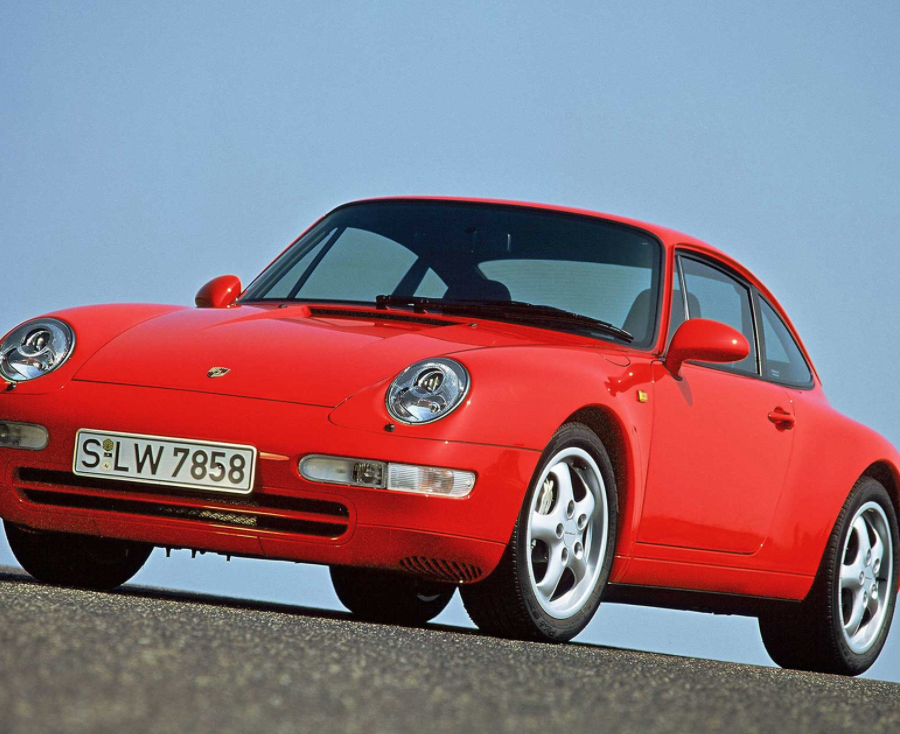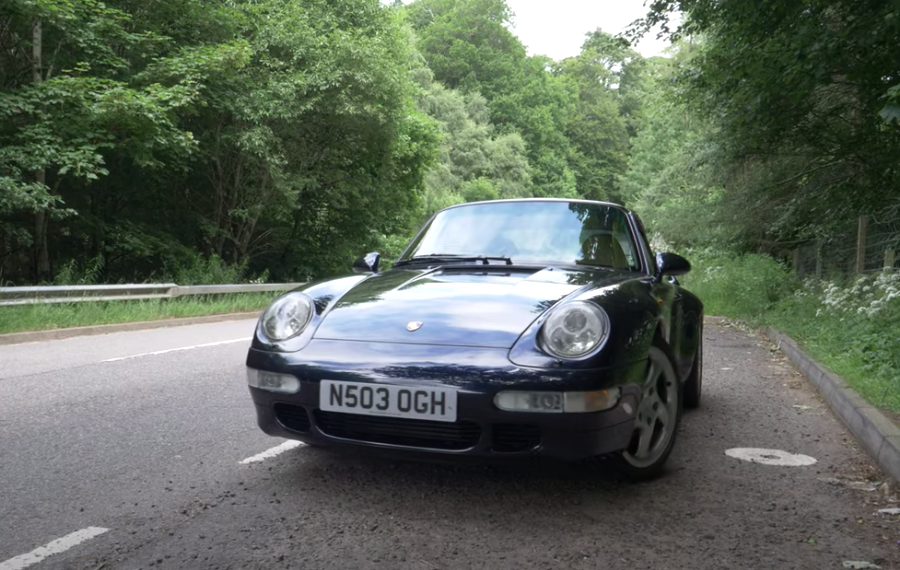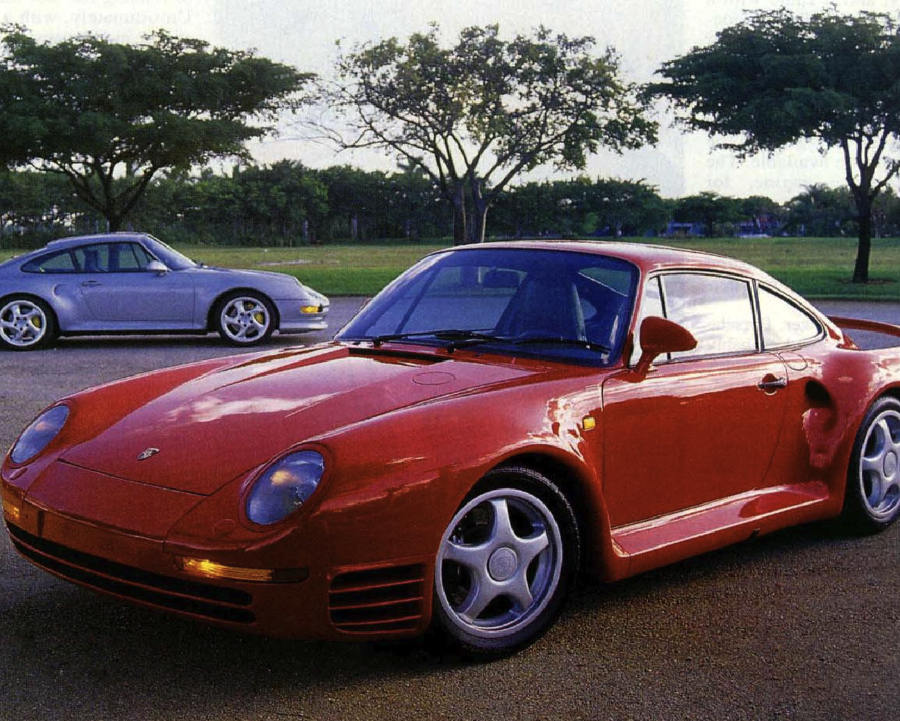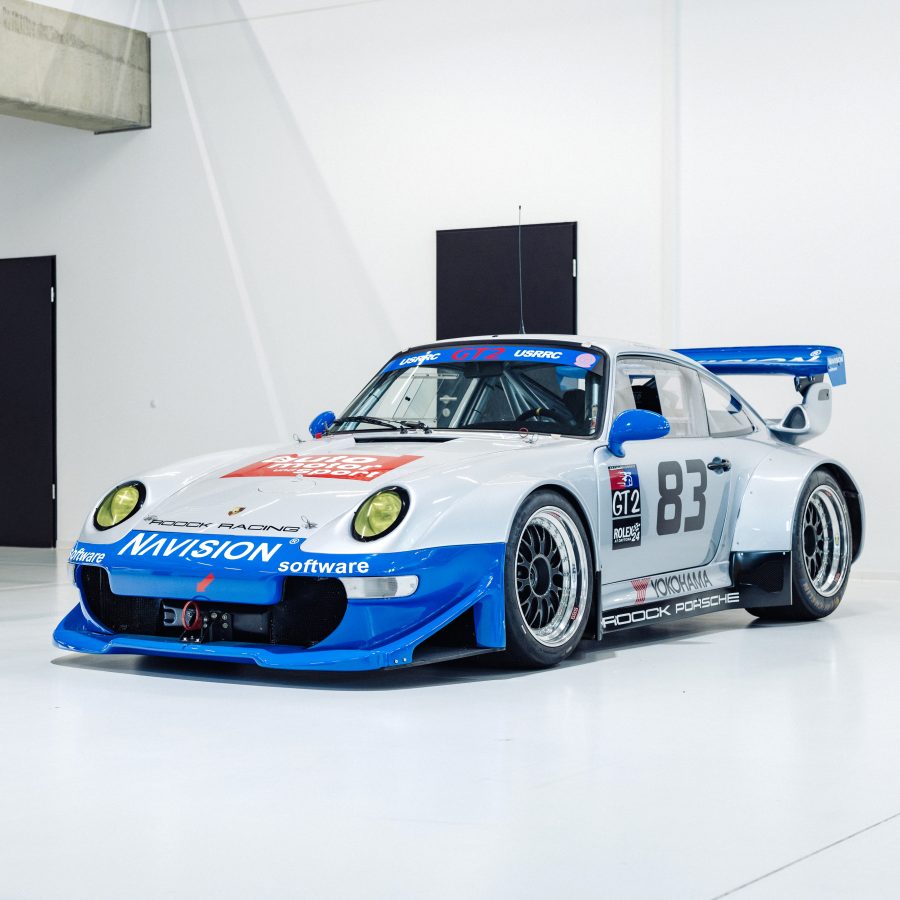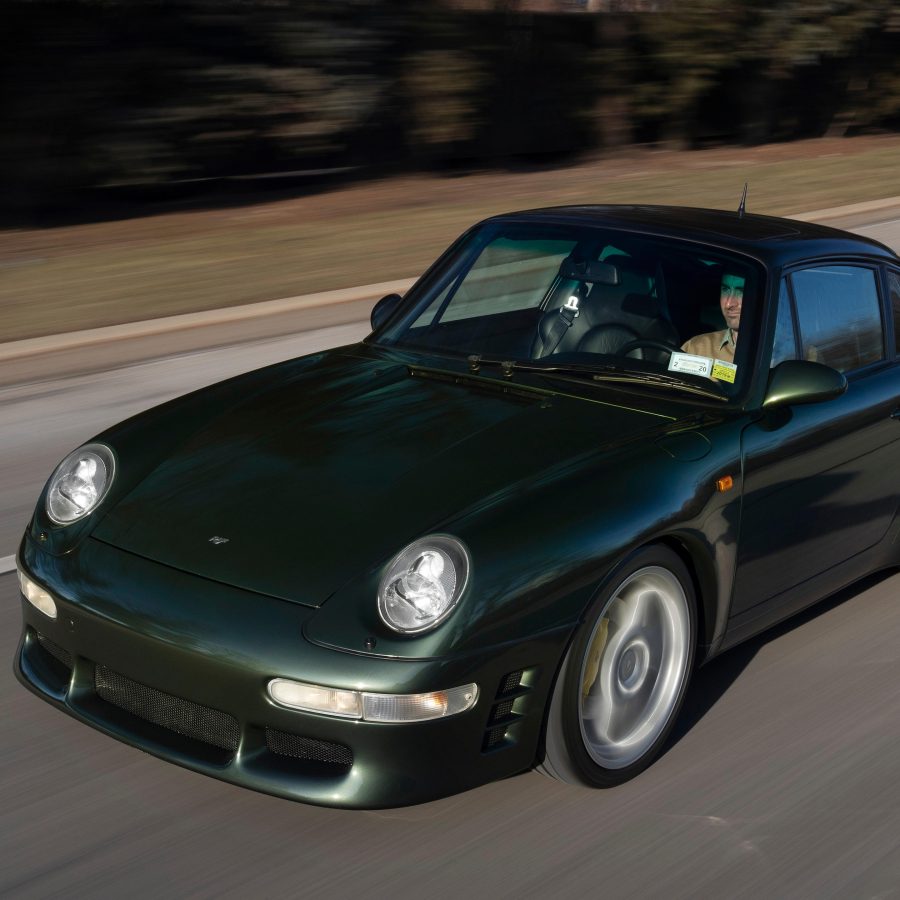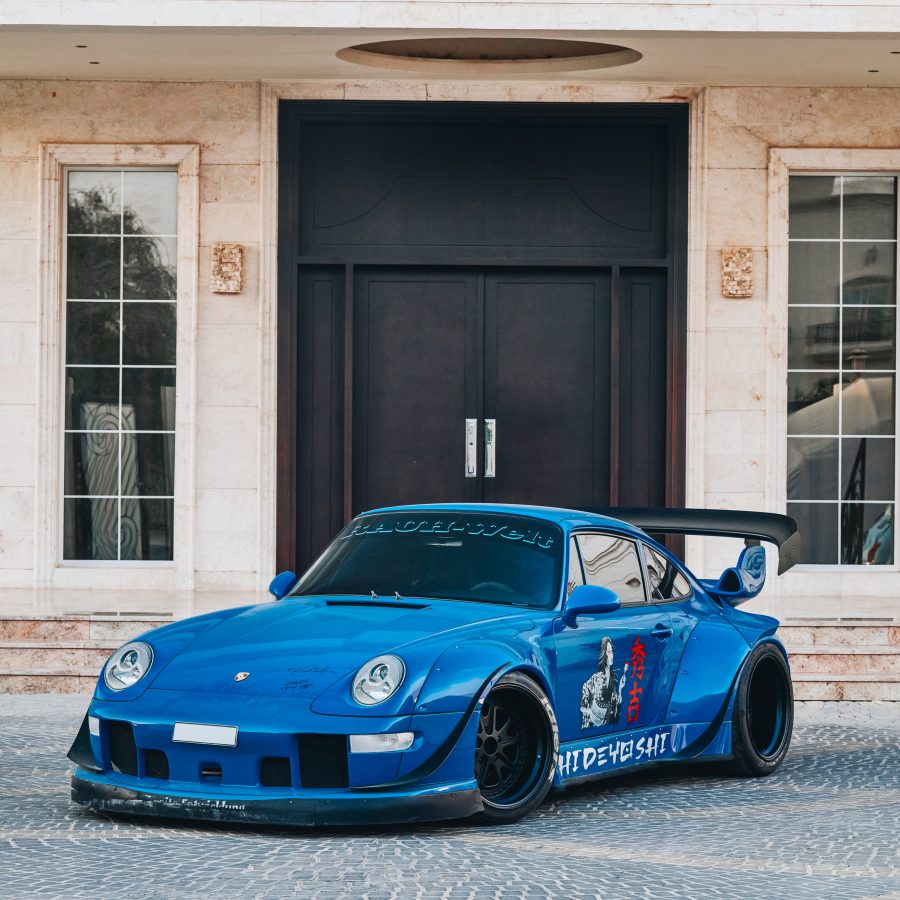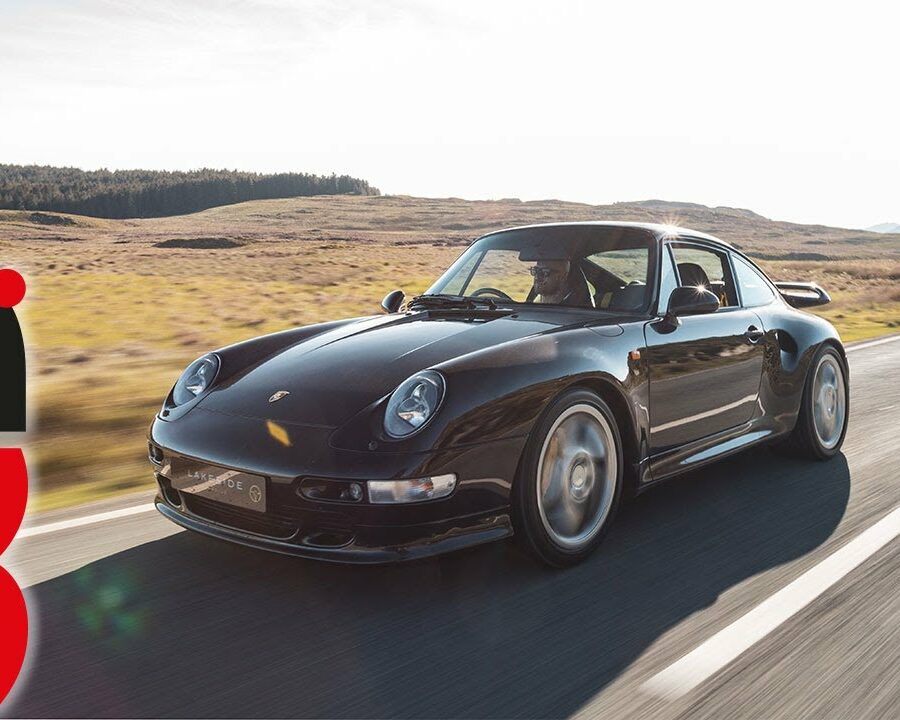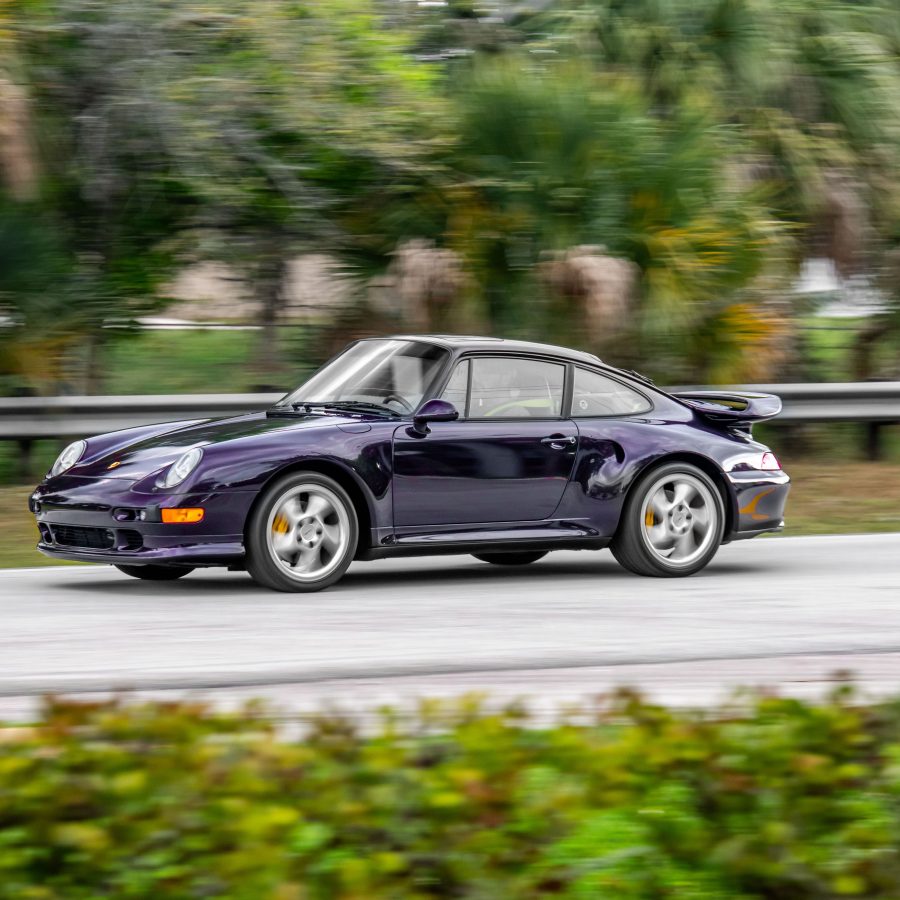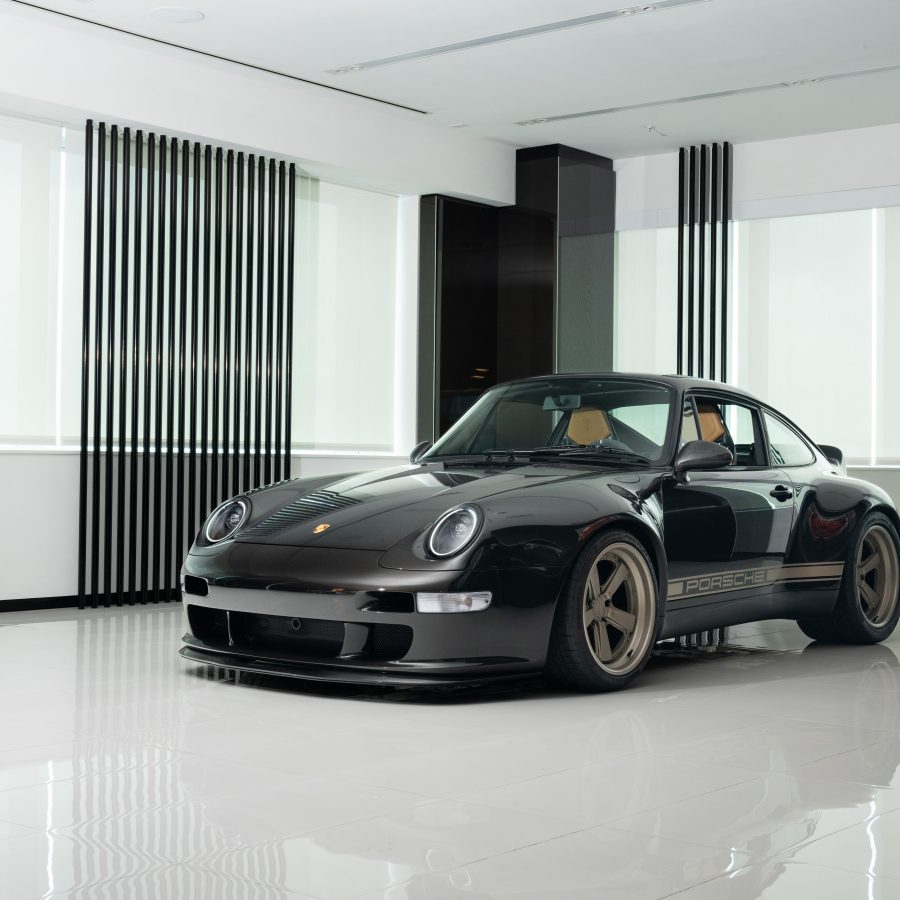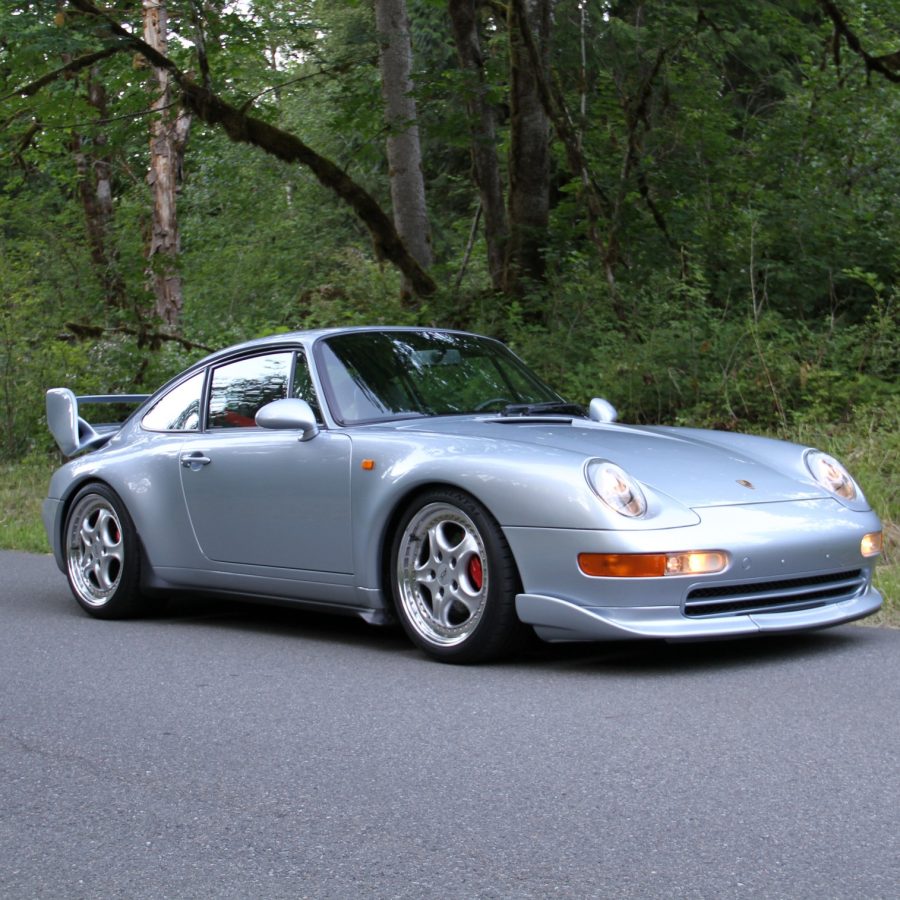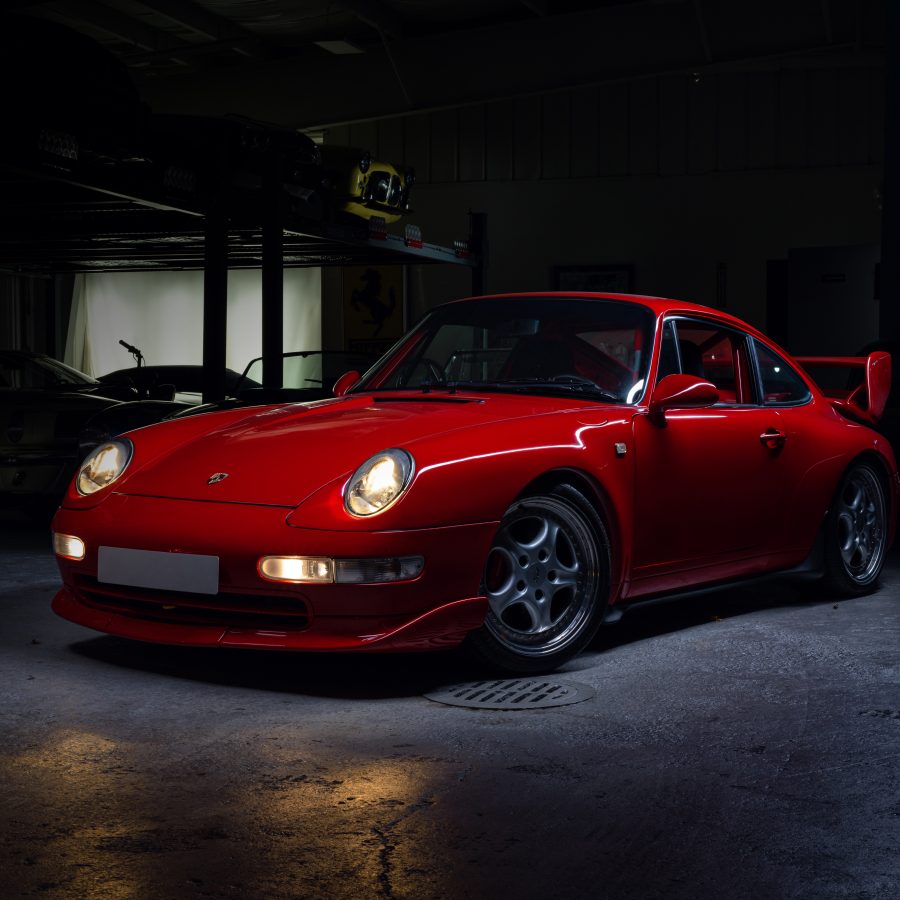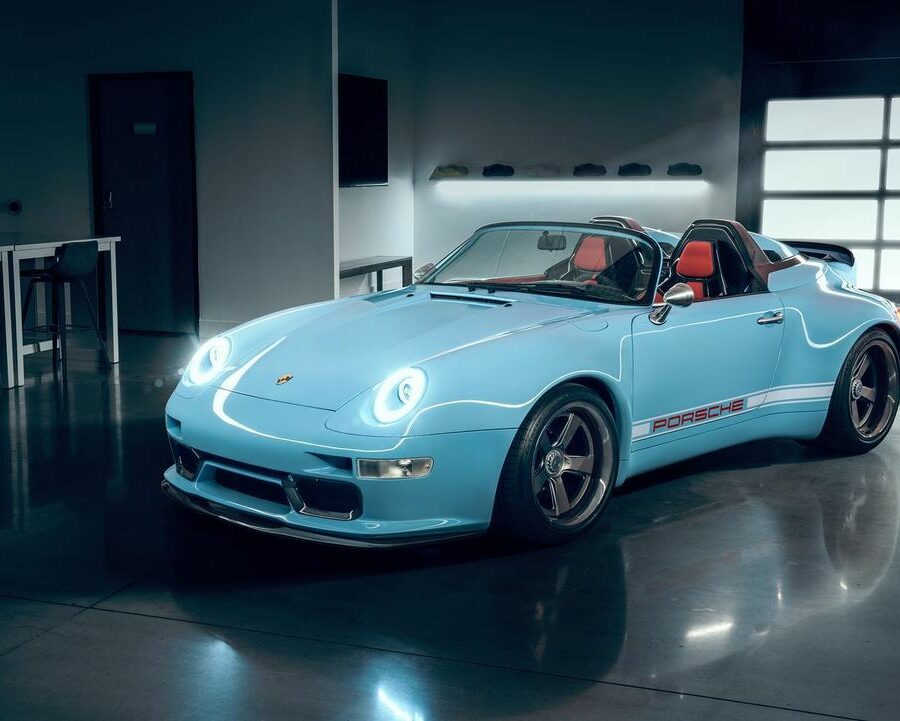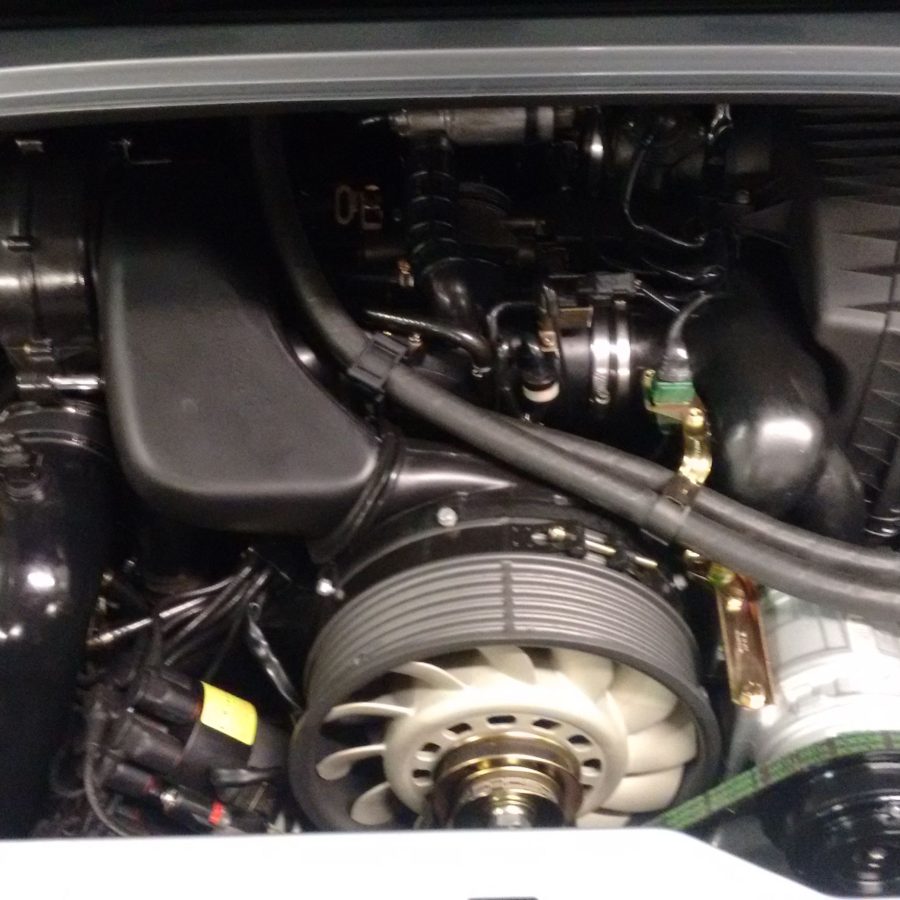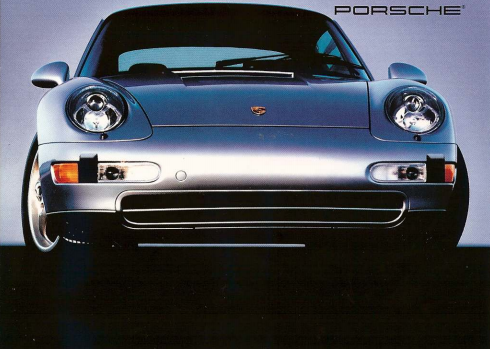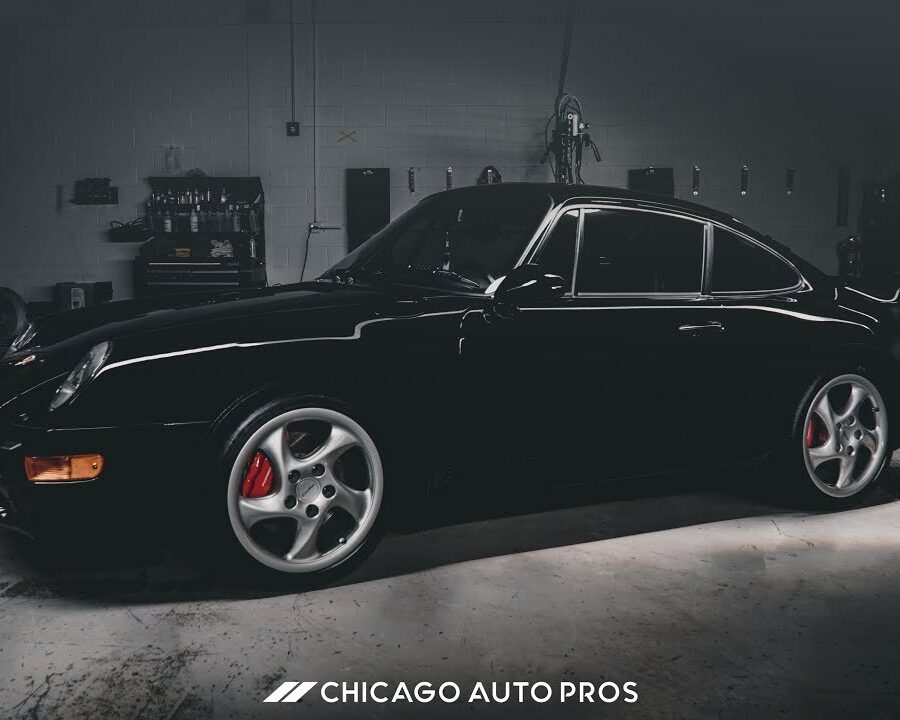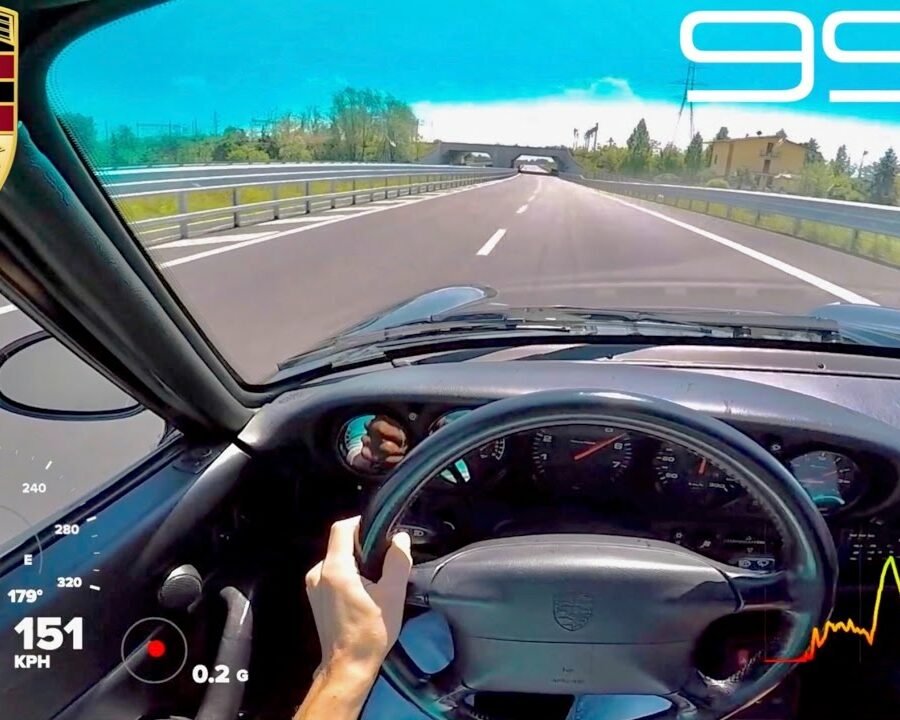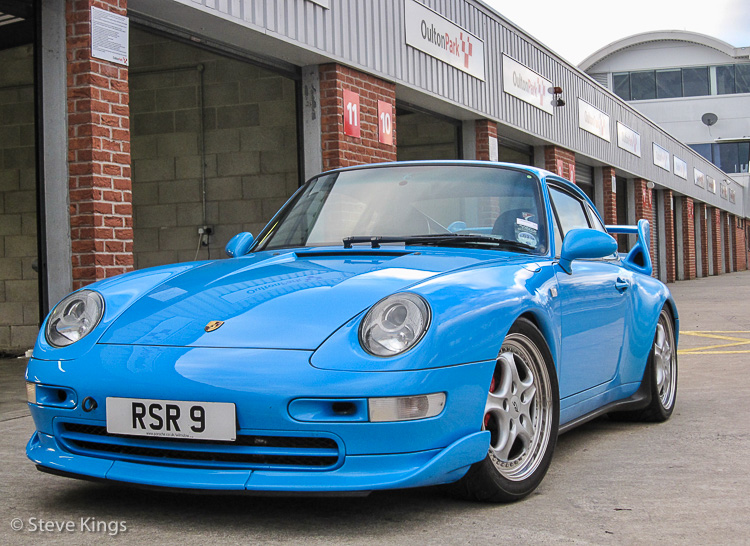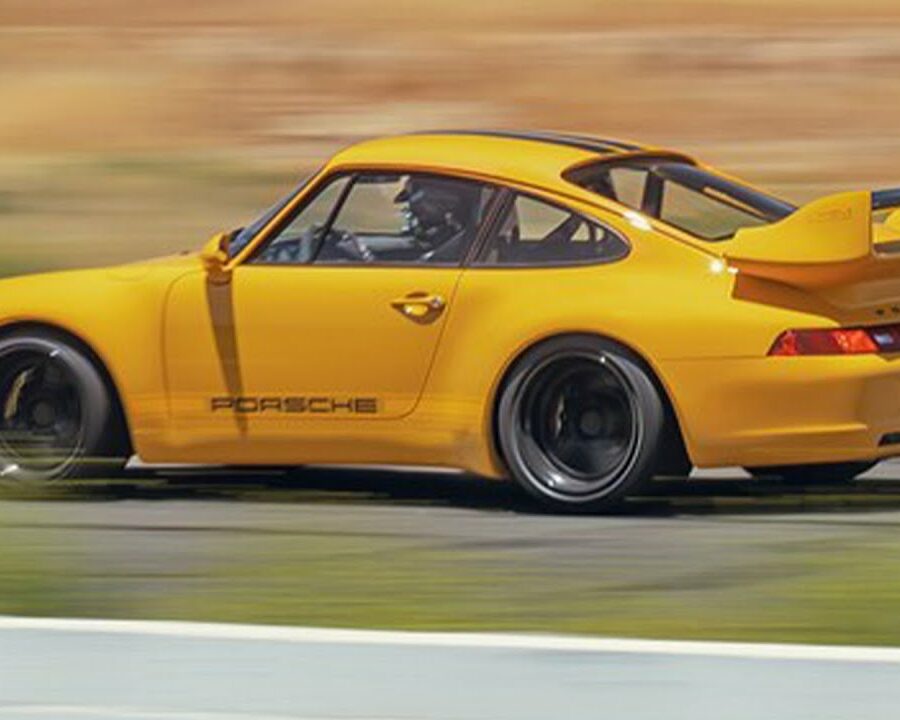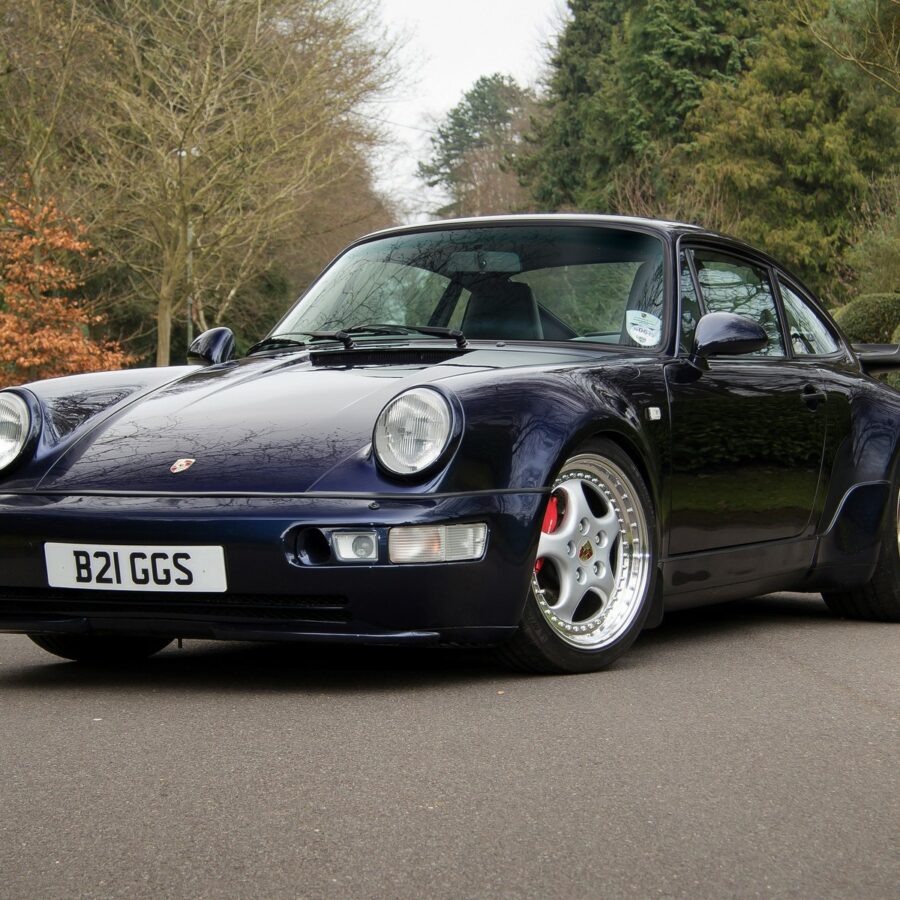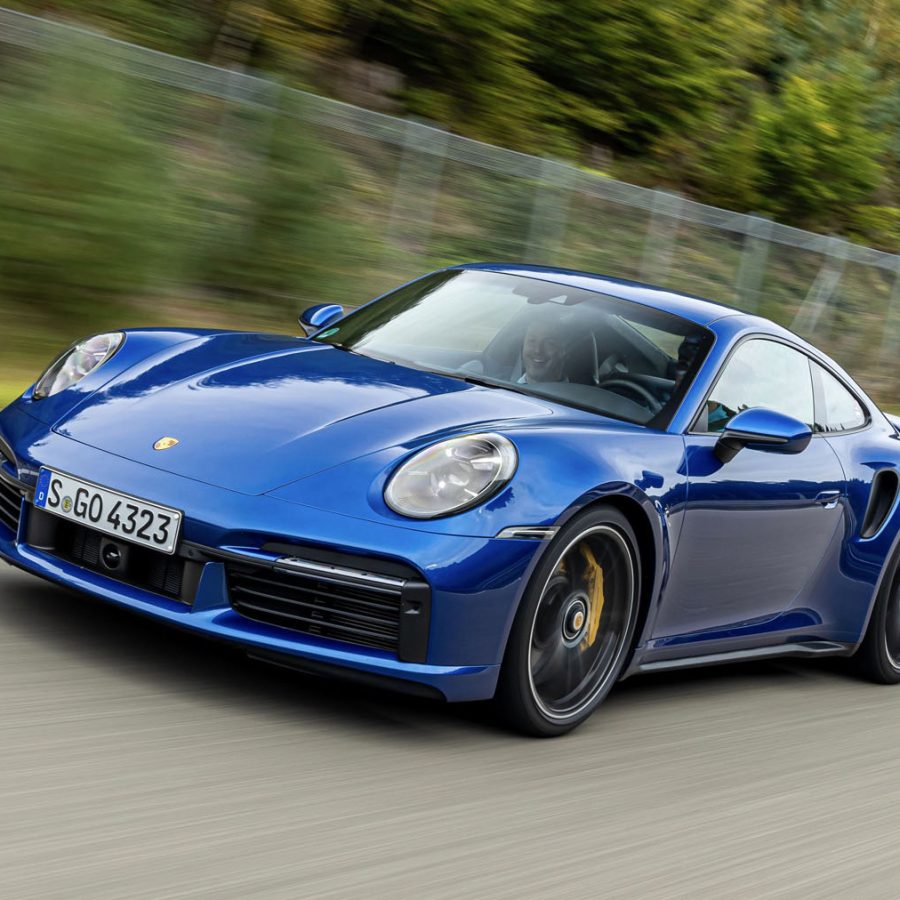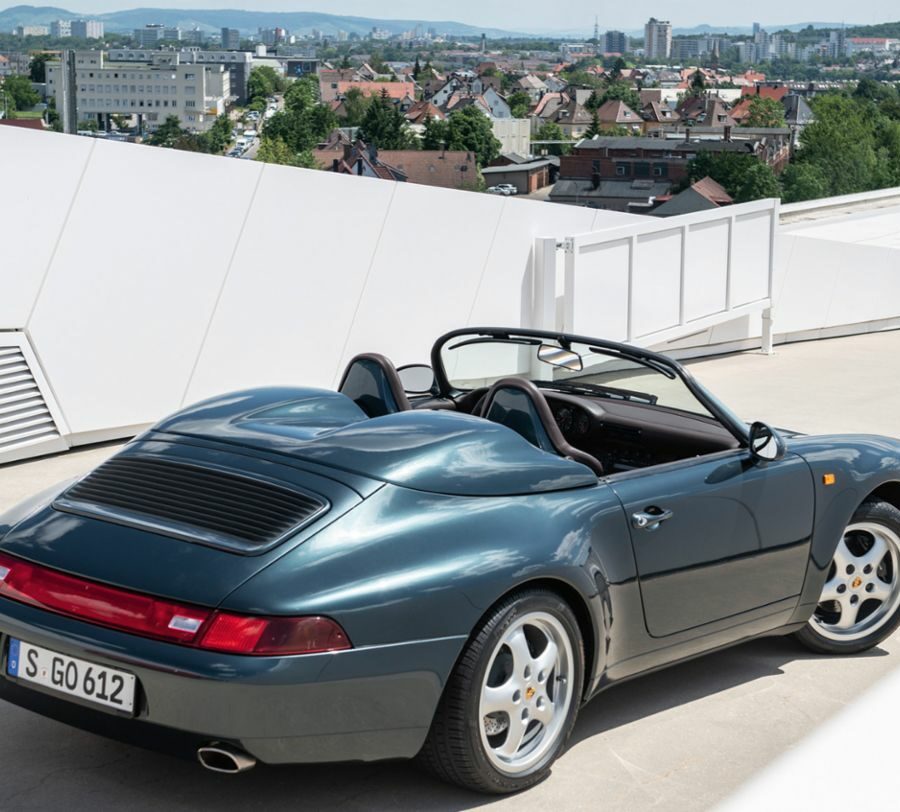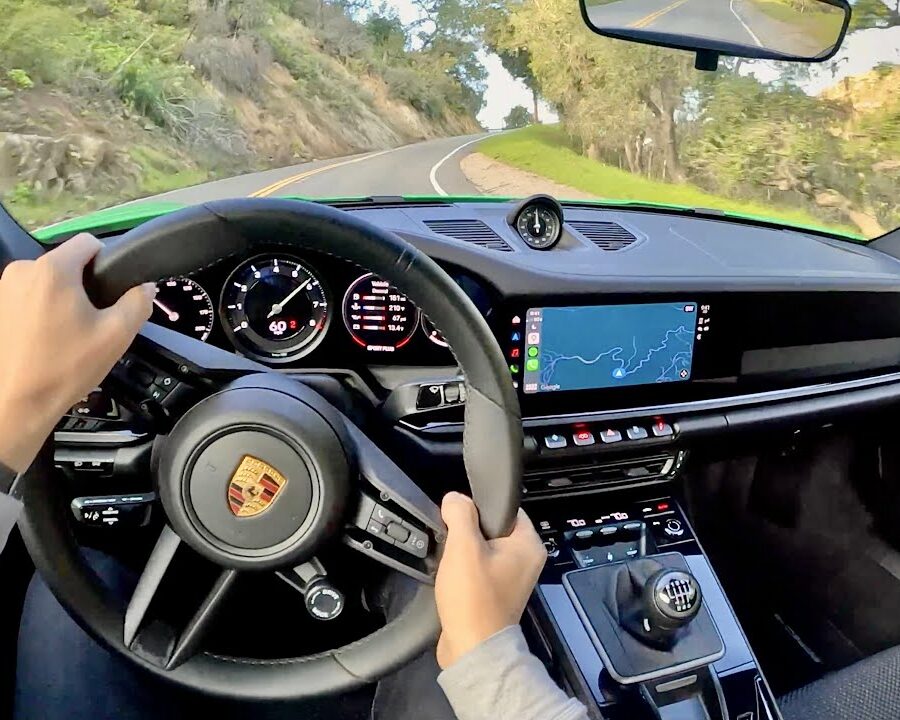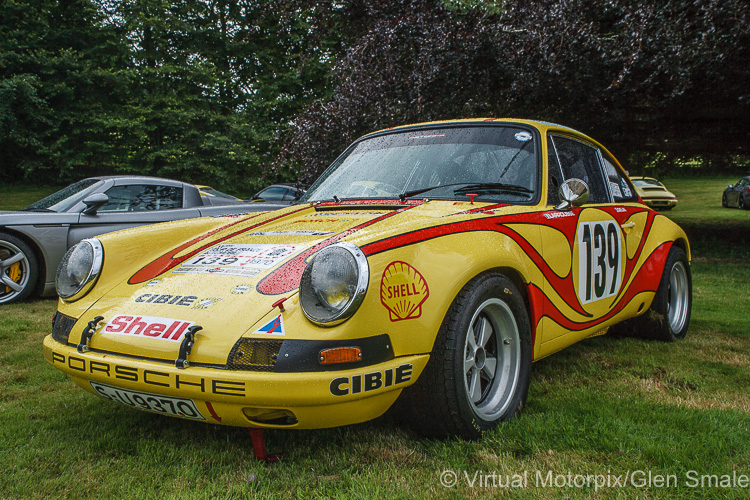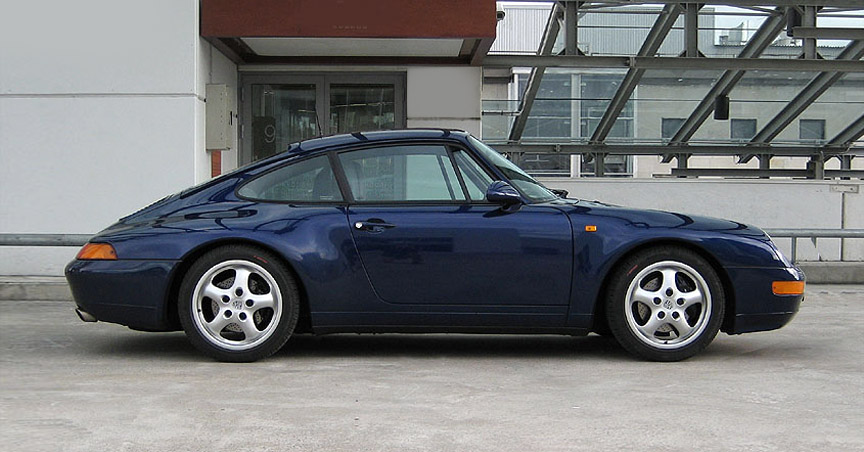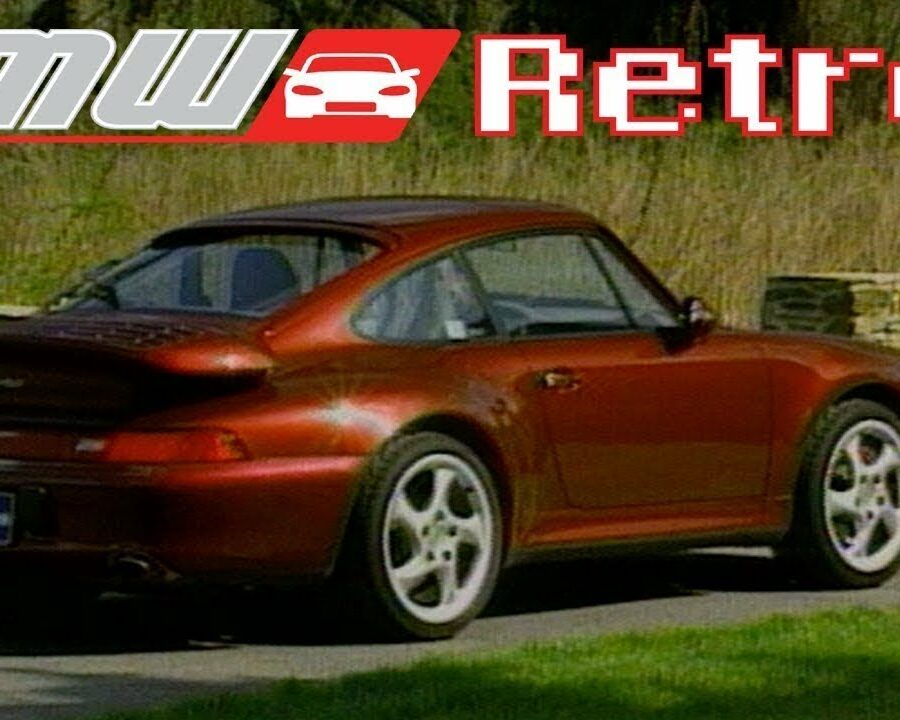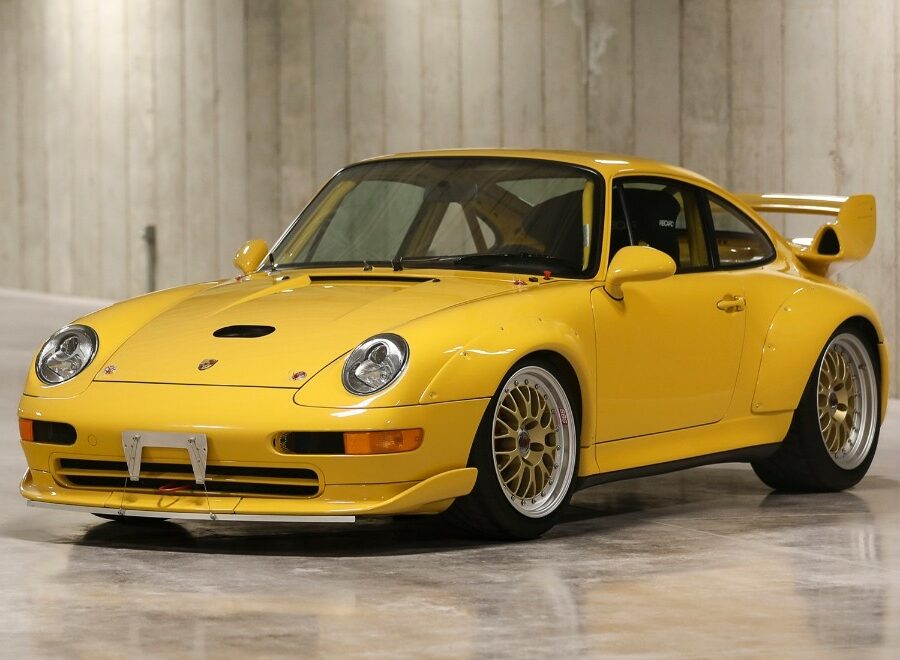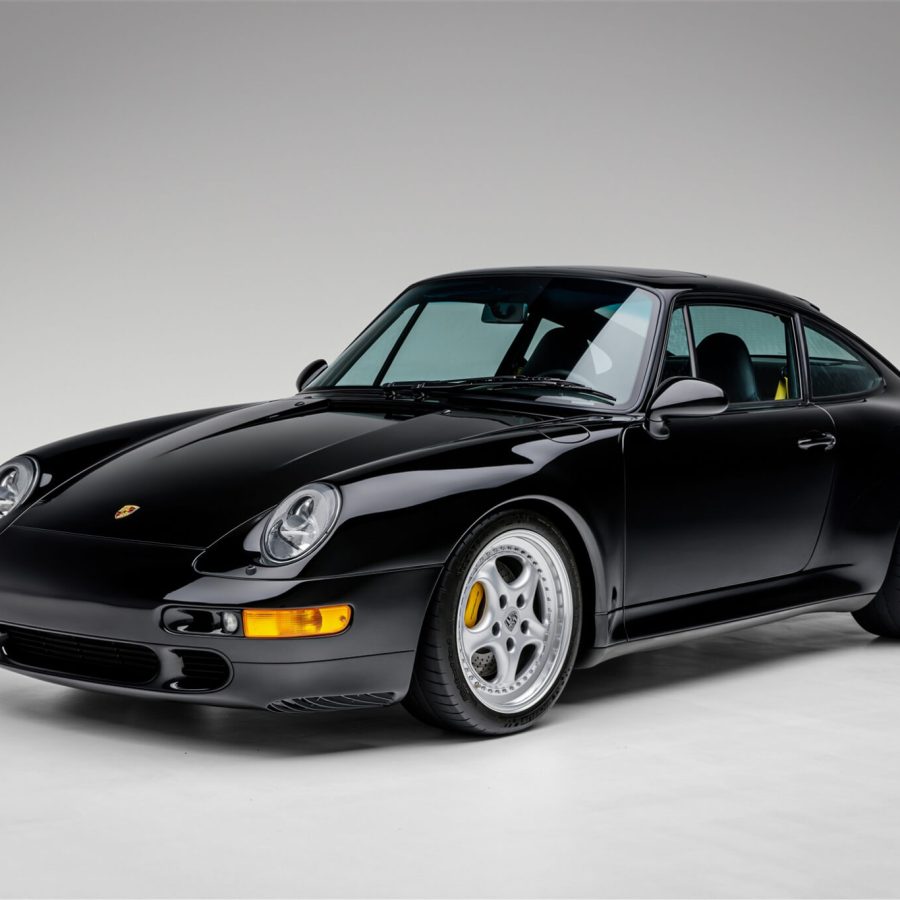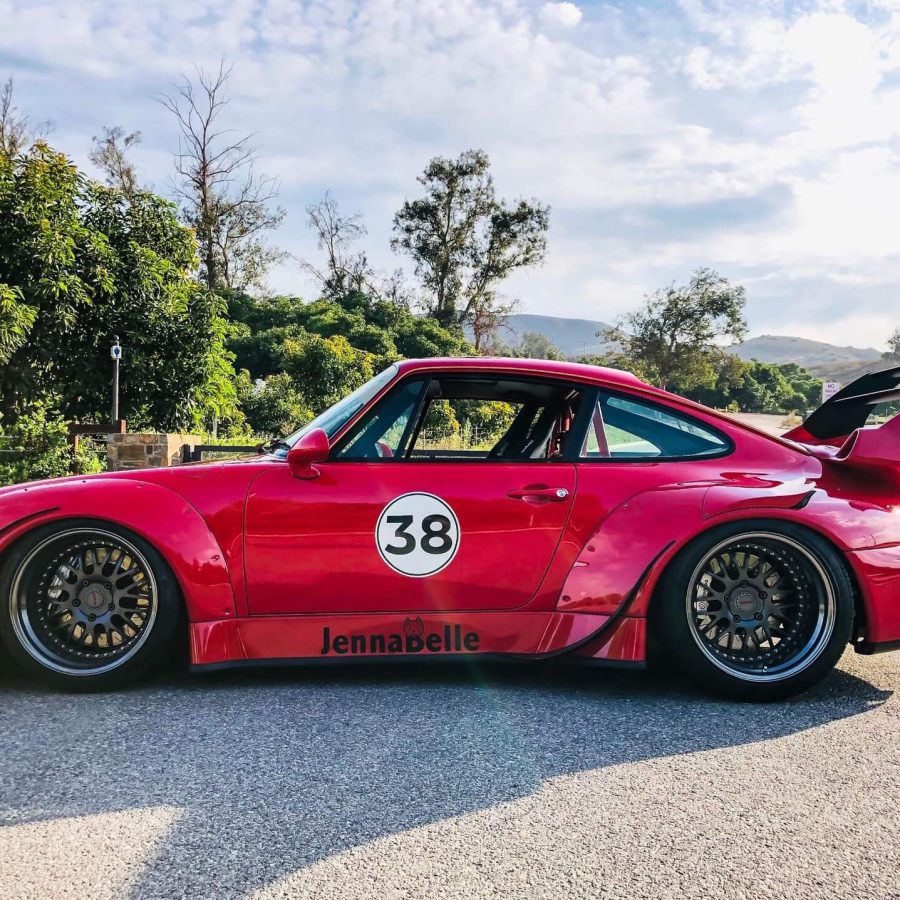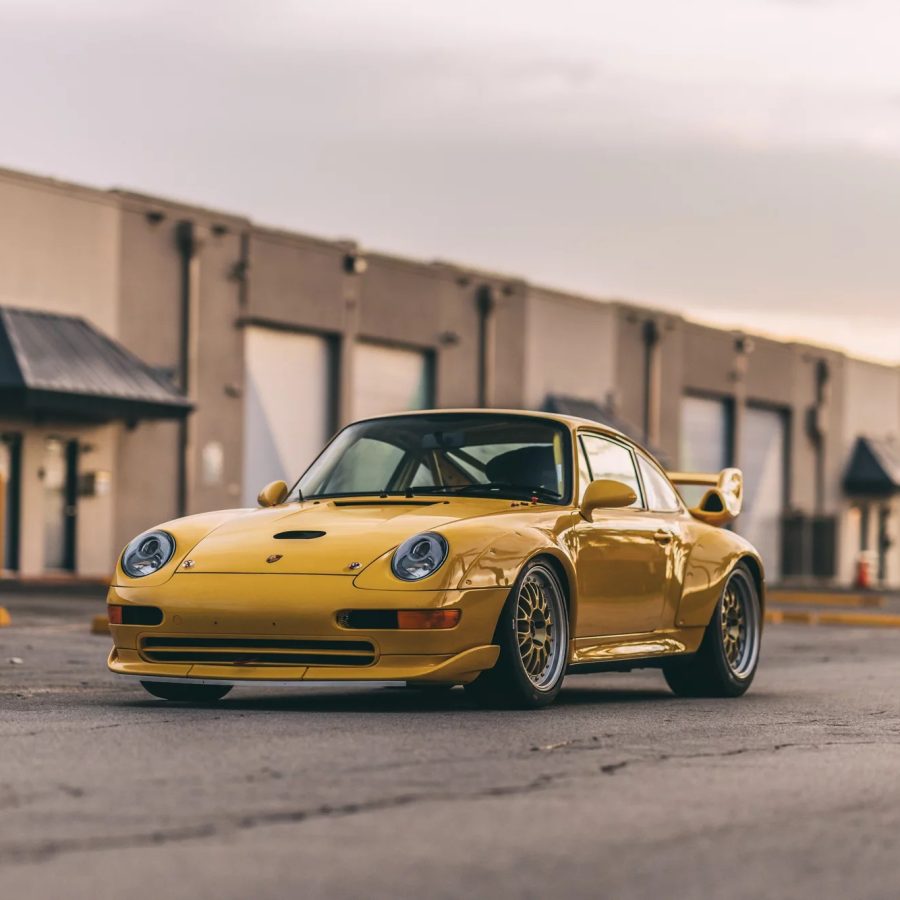Rare RHD Gunther Werks 993 Speedster for Sale
One of only 25 examples produced
Porsche 911 (993) Maintenance & Service Schedule
Carrera, Carrera S, Carrera 4, Carrera 4S, Turbo
Gunther Werks’ Porsche 911 Up for Auction
One of just 25 Gunther Werks Speedsters built
Limited Edition Gunther Werks Speedster Ready for Auction
One of only 25 Gunther Werks Speedsters built
Porsche Of The Day: 1996 Porsche 911 Carrera Targa Custom
One-of-a-kind custom by Jason Castriota
Porsche Of The Day: 1996 Porsche 911 Gunther Werks 400R Sport Touring
The “Chelsea Grey” Commission
Porsche 911 GT2 (993) (1995 – 1998)
Built to meet homologation requirements for the GT2 class racing
Porsche 911 GT2 Clubsport (993) (1995 – 1996)
The ultimate air-cooled 911. Only 20 units ever made.
Porsche 911 (MY 1996) – Equipment & Options Codes
Full list of Equipment & Option Codes Decoder for the 1996 Porsche 911
KALMAR’S air-cooled Porsches cross the finish line in Finland
The ultimate luxury rally experience?
Porsche 911 Carrera RS 3.8 Clubsport (993) (1995 – 1996)
The last air cooled 911 to get RS initials
FOR SALE: 1997 Porsche 911 Turbo S
Finished in attractive ‘Paint to Sample’ Cobalt and originally purchased by famed California car collector Otis Chandler
Porsche 911 Carrera 4 (993) (1995 – 1997)
Porsche heavily revised their four-wheel drive system to distribute power to the front and rear wheels.
Kaege Builds Some of the Sexiest 993 Restomods On the Planet
Built to Order Perfection
1998 Porsche 993 Turbo “Last Waltz”
The last air-cooled Porsche to leave the factory
Porsche 911 Turbo (993) (1995 – 1998)
The Turbo is the most accomplished air cooled 911 Turbo of them all. This was the first all-wheel-drive 911 Turbo and the last of the aircooled 911s.
Porsche 911 Carrera RS 3.8 (993) (1995 – 1996)
The RS 3.8 is the ultimate lightweight special edition 911 of the 993 generation
Porsche 911 Cup 3.8 (993) (1994 – 1998)
Developed at Porsche’s race department using the platform of their new 993 Carrera 2
1997 Porsche 911 Turbo S – Rare Viola Metallic Example Heading to Auction
One of only three finished in Viola Metallic
Porsche 911 993 (MY1994 – 1998) – Sales Brochures
Sales Catalogs for the Type 993 Porsche 911
FOR SALE: 1996 Porsche 911 GT2
The only example finished in Paint-to-Sample Iris Blue Metallic
Porsche 911 (MY 1995) – Equipment & Options Codes
Full list of Equipment & Option Codes Decoder for the 1995 Porsche 911
What’s your 911 story?
Porsche engineers share their personal 911 sagas
Custom Porsche 993 Turbo pays homage to New York
Aimé Leon Dore (ALD) partners with Porsche for 5th restoration
Porsche 911 Speedster (993) (1995)
Only two 993 Speedsters were ever made
Rare 1997 Porsche 911 Turbo S on Bring A Trailer
One of 176 units made for the US market
Porsche 911 Carrera S (993) (1997 – 1998)
The Carrera S took the same mechanicals of the 993 Carrera and put them in the wide body of the Turbo.
Ultra-Rare Porsche 911 Turbo S Hits the Auction Block
One of only 183 examples built for North America
FOR SALE: 1996 Porsche 911 (993) GT2R
One of only 78 examples of the 993 GT2R and one of ten finished in ‘X4’ Speed Yellow


